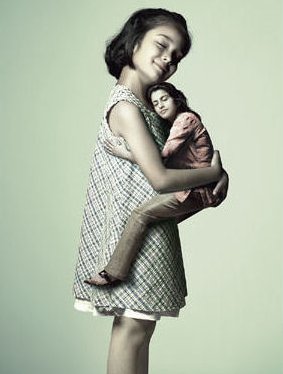Out of the blue, out of nowhere, I reacted, I think I could have stopped myself, but I didn’t. I was making myself a dress on my sewing machine, that did not get the stitch size I wanted, the needle also broke the thread, the bobbin was skipping stitches. I worked on this machine for more than an hour. All of a sudden, I felt this uncontrollable anger and frustration overcome me, that I picked up the sewing machine from the sewing table and through the sewing machine across the room. To my surprise, it did not break. You’d think I would have stopped there, right? Thanking God, it did not break. No, it frustrated me even more. I went to the drawer where I keep an extra hammer and finished breaking and smashing it. Did I feel much better? Yes (at the moment).
To my surprise, it did not break. You’d think I would have stopped there, right? Thanking God, it did not break. No, it frustrated me even more. I went to the drawer where I keep an extra hammer and finished breaking and smashing it. Did I feel much better? Yes (at the moment).
But now I needed a new sewing machine. Did I understand why I did that? No, I am only 5 years old, why should I understand why I did that? Your inner child can pop out anytime, and can say things in a way that is really not how we wanted things to go. What I really should have done was “step… away… from the… machine!”
These reactions start to become our behaviors, our coping abilities, that we bring into our adulthood. These reactions become normal for us, but come across as an overreaction by others or a tantrum, a tizzy fit from an immature adult.
What happened to me to lose my temper like that? This is the part where you start looking into yourself. What else was happening to me at that age? Why am I so angry? How far into my past must I go? Should I talk to someone about this reaction? A therapist would be good.
I understand that a psychotherapist could be a good fit. Inner child therapy, called inner child work, focuses on this type of work. This is what I learned.
First, I had to acknowledge that mom did the best she knew how to raise me, with the experience she had and what she learned in her life. As I did with my children. Since my youth, I grew to be a strong individual, and my inner child found a safe place inside me. But when she feels threatened, frightened, or unsafe, she reacts defensively. A developed survival reaction.
As I review the overreaction, there was no apparent threat to my life, but my inner child obviously demonstrated uncontrollable anger.
When we are young, it is hard to make sense out of what was happening to us during the abuse we suffer as a child. So, we find ways to bottle up those feelings of emotional trauma. Creating many emotions like anger, frustration, and feeling the injustice of many things, which I must investigate within myself by journaling memories that I remembered. Talking about what I remembered and talking to my therapist about it and how it made me feel.
My inner child is all about me. The innocent part of me, and all about my feelings. Now, it is about how together we can move on. Together we can heal the injustices, the pain, and the hurts.
- Bring together the child with the adult.
- Give my inner child the space to have serious feelings and not shut them down.
- By giving her love and taking care of her basic needs.
- Communication without anger.
- Remain true to me and my inner child during a stressful situation.
- Self-honoring and setting boundaries (this could be hard).
- Showing self-love and respect to each other.
I will give my inner child the love and acceptance she longs for and invite her to have an honored and safe place to stay in at this current time, where we can share our lives in harmony. A life where my inner child can feel safe, secure, and loved.
May God give us love and protection to both of us.